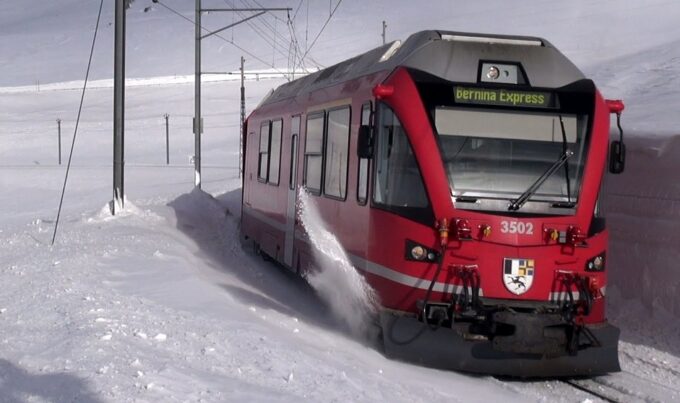Digitization of the physical world
It is said that digitalisation opens up a great opportunity for the European industry. To ensure that European railways can continue to compete with other modes of transport, they are exploring new solutions and services.

Gerhard Kress, Director of Mobility Data Services at Siemens, argues that "digitized predictive maintenance, monitored and triggered by sensors, will lead to a measurable increase in train availability."
According to an international survey by the management and technology consultancy BearingPoint on the topic of "Connected Train", digitalisation would open up a wide range of opportunities for the European railway industry. The future of the industry lies in connected trains and other services. However, this future requires good, collective management by all stakeholders.
Decision makers about digitalization
According to the survey, several respondents to the BearingPoint survey see the influence of digitalisation growing steadily, but to different degrees depending on their function or business area. Digitalisation is advancing in the rail sector, but it is still too early to celebrate major successes.
The survey, which was conducted in ten European countries, provides the following key findings:
- For the European rail industry, digitalisation represents one of the last opportunities to compete with other modes of transport such as low-cost airlines, long-distance buses and autonomous cars / trucks.
- The industry is aware of the benefits of digitization: More than 85 percent of the study participants see application relevance in all main business areas, such as passenger and freight transport, infrastructure and maintenance.
- The digitization of maintenance and procurement processes currently still plays a subordinate role, but the strongest growth potential (up to 30 percent) is expected in this area over the next five years.
- Qualitative factors tend to dominate as the driving force for digitisation. Non-monetary goals such as service quality (90 percent) and strategy development (78 percent) are rated as higher priorities by the rail industry compared to cost reductions (74 percent) and revenue increases (60 percent).
This is surprising considering that the industry is under a lot of earnings pressure!
- Two in particular stand out as inhibiting factors that currently still stand in the way of successful digitisation of the railways. Firstly, the penetration of new technologies into existing operating processes and systems (vehicles and rail network) is an obstacle (78 percent). Furthermore, the lack of availability of big data in a heterogeneous process and IT environment is criticised (77 percent).
- Collaboration with external partners is seen as a critical success factor for the implementation of new, digital use cases. This result reflects the close interrelationships between the key players in the rail sector.
Digital technologies promote efficiency and quality improvements. However, other investment aspects must also be taken into account in order to ensure fair and advantageous conditions for all stakeholders. "Digitalization requires a common approach that covers all phases of the lifecycle," says Pierre-Etienne Gautier, Chief Innovation Officer at Systra.
Ralf Stenger, Director at BearingPoint, summarises: "The study results illustrate the high expectations of the railway industry with regard to digitalisation. But economic viability and promising approaches are still controversial. The key to success lies in a holistic view of the digital ecosystem."
You can find further information under www.bearingpoint.com and in the BearingPoint Toolbox: http://toolbox.bearingpoint.com









